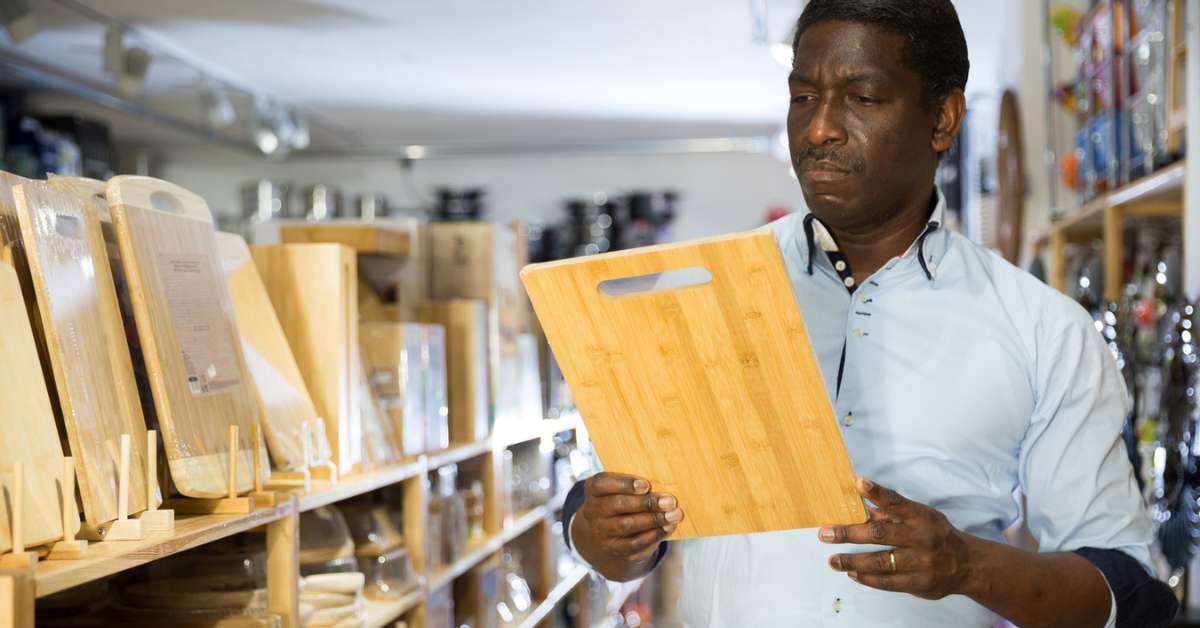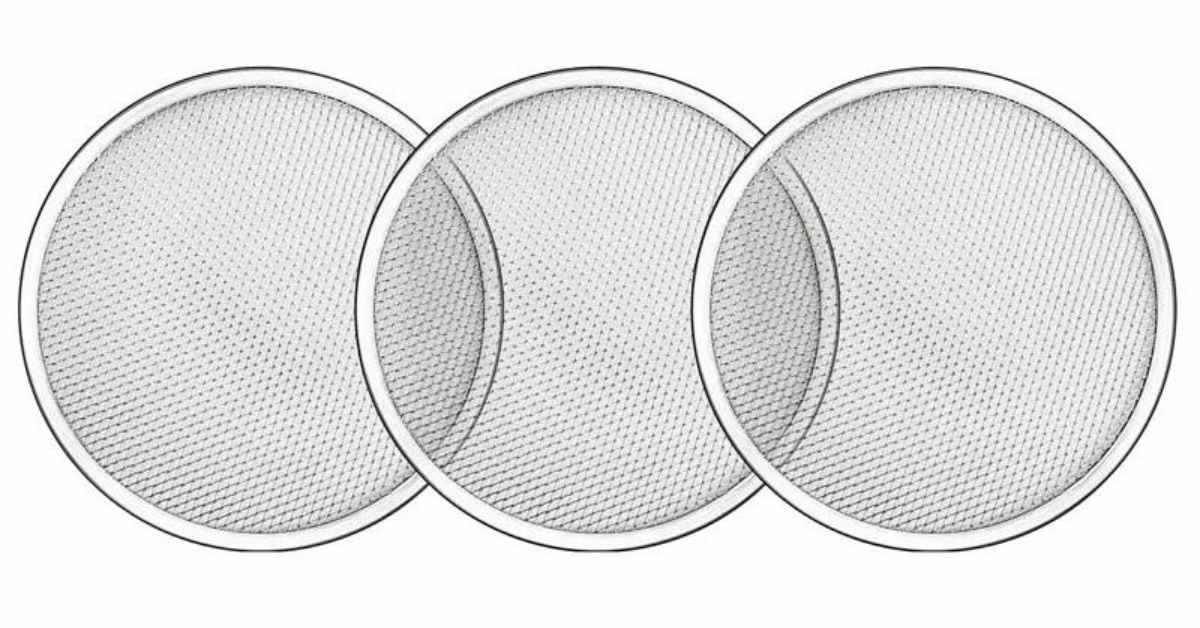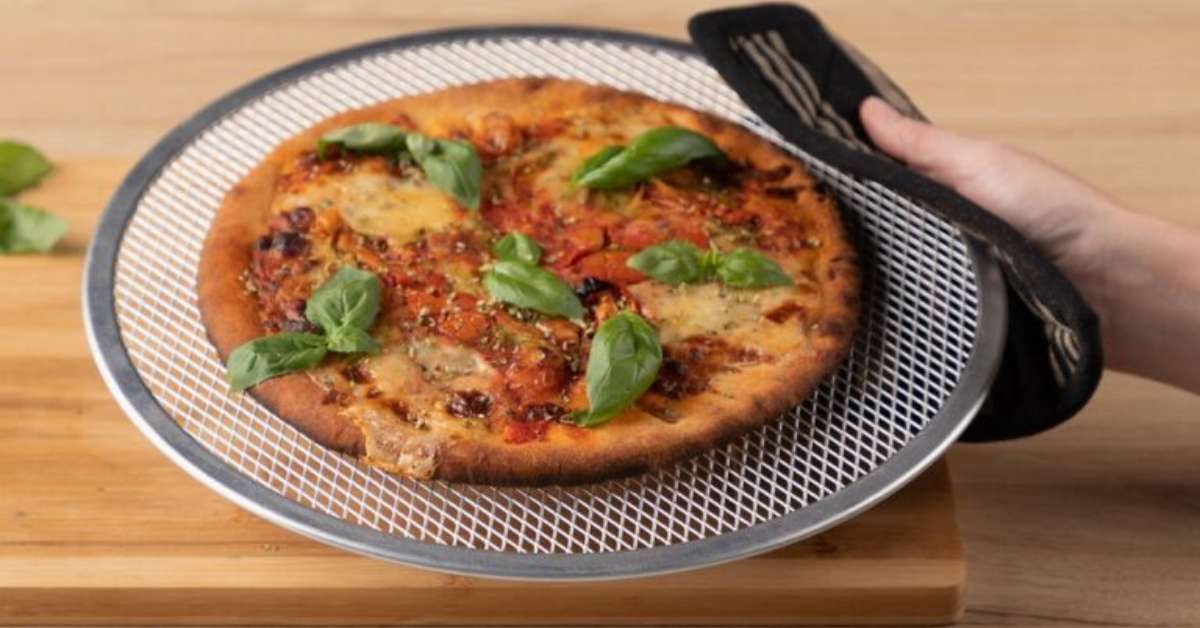For baking perfect pies, keep your butter cold, use as little flour as possible when rolling out the dough, and allow a little overhang to prevent shrinking. Metal pie pans work best to avoid a soggy bottom, and consider using parchment paper on the bottom of the pan to prevent sticking.
Greasing and flouring the pie pan is optional but can help with easy removal. Make sure to measure ingredients by weight and not volume, and be patient before serving to allow the pie to cool and set properly. With these tips in mind, you can bake delicious and beautiful pies every time.
Table of Contents
ToggleChoosing The Right Pie Plate
Choosing the right pie plate is crucial for successful pie baking. When selecting a pie plate, consider both the material and size. Different materials, such as glass, ceramic, or metal, can affect the baking process and outcome. Additionally, the size of the pie plate will determine the amount of filling and the thickness of the crust.
For a deep-dish pie, choose a larger plate to accommodate the filling. On the other hand, a smaller container is suitable for a single-crust pie. By carefully considering the material and size of the pie plate, you can ensure that your pies turn out perfectly baked every time.
Types Of Homemade Pie Crusts
One important aspect of baking pies is your choice of homemade crust. The first option is a butter crust, which adds a rich, flavorful taste to your pie. Another choice is a shortening crust, which creates a flaky texture many people enjoy.
Lastly, a lard crust can add a savory element to your pie. Each crust has unique qualities and can enhance your baked creation’s overall taste and texture. Experimenting with different crusts can help you find the perfect combination for your desired pie.
So, consider trying these homemade pie crusts to take your baking skills to the next level.
How To Make Dough Crust
It is crucial to follow specific steps when making dough crusts for pies. First, ensure you do not start with too much fat when mixing the ingredients. Incorporate the fat into the dough gradually to achieve a flaky texture.
Next, add liquid slowly to bring the dough together. This will prevent it from becoming too wet or sticky. Remember to keep your dough cool throughout the process by refrigerating it if necessary. Lastly, when rolling out the dough, use as little flour as possible to prevent it from becoming tough.
These tips will help you create a delicious and perfectly textured dough crust for your pies.
Handling Pie Crust Dough
Properly handling the pie crust dough is essential for a successful outcome. The dough should be carefully transferred to the pie plate to avoid tearing or stretching. Crimping the edges of the crust helps seal the filling and adds a decorative touch to the pie.
To handle pie crust dough effectively, keep your butter cold throughout the process and use as little flour as possible when rolling it out. Choose a metal pie pan for optimal heat transfer and allow a little overhang to prevent shrinkage.
By following these tips, you can ensure that your pie crust turns out flaky and delicious.
Blind-baking or Pre-Baking Pie Crust
Blind-baking or pre-baking pie crust ensures a crispy and flaky crust for pies. The purpose of blind-baking is to partially or fully bake the crust before adding the filling. This helps to prevent the crust from becoming soggy.
Preheat your oven and prepare the crust as usual to blind-bake a pie crust. Next, line the crust with parchment paper and fill it with pie weights or dried beans to keep it from puffing up. Bake the crust for a specific amount of time, then remove the weights and parchment paper and continue baking until the crust is golden brown.
Some tips for preventing a soggy bottom crust include using a metal pie pan, avoiding overworking the dough, and treating the filling before adding it. By following these guidelines, you can achieve a perfect pie crust every time.
Types Of Pie Fillings
There are various types of pie fillings that you can use to create delicious pies. Fruit fillings like apple or cherry are popular with their sweet and juicy flavors. Custard fillings, like pumpkin or coconut cream, offer a creamy and smooth texture.
Cream fillings like chocolate or banana provide a rich and decadent taste. When making pies with fruit fillings, thicken them to prevent them from being too runny. With custard fillings, take extra care to prevent them from sticking to the pie crust.
Experiment with different combinations of fillings to find your favorite flavor combinations for the perfect pie.
How To Thicken Fruit Fillings
You can use cornstarch or flour as a thickening agent to thicken fruit fillings for your pies. Both ingredients absorb excess liquid well and create a thick, luscious filling. Pre-cooking the filling before baking is crucial to ensure that the thickening agent activates appropriately.
The starches can work magic and create a beautifully thickened filling by gently simmering the fruit with the chosen thickening agent. This step also helps to release any excess moisture from the fruit, preventing your pie from becoming soggy during baking.
So, remember to follow these tips when making your next pie: use cornstarch or flour as a thickening agent, pre-cook the filling, and enjoy a perfectly thick and delicious pie.
How To Make Lattice Crust
Making a lattice crust for your pie adds a beautiful decorative touch. Begin by weaving the lattice pattern, carefully overlapping the strips of dough. Secure the lattice strips to the crust by pressing them down gently. This will ensure that the lattice stays in place while baking, giving your pie a professional appearance.
Follow these steps to create a perfect lattice crust for your pies every time.
How To Make Egg Wash
One important technique to learn when baking pies is making an egg wash. Applying egg wash to the crust of your pie can have several benefits. First, it adds a beautiful golden color to the crust, making it visually appealing.
Moreover, egg wash creates a shiny surface that gives your pie a professional finish. It also helps seal the edges of the crust, preventing it from splitting or cracking during baking. This blog post will discuss mixing and applying egg wash to your pie crust.
Following these tips can enhance your homemade pies’ appearance and overall quality. Stay tuned!
Tips For Making Whipped Cream Topping
When making a whipped cream topping for your pies, choosing the suitable cream and sweetener is essential. The cream should have a high-fat content to achieve the desired richness and stability. Heavy whipping cream or heavy cream works best.
As for sweeteners, granulated sugar or powdered sugar can be used. Beating the cream to the right consistency is crucial. Start by chilling the cream and your mixing bowl beforehand. Then, beat the cream on medium speed until it begins to thicken.
Gradually add the sweetener while continuing to beat until soft peaks form. Be careful not to overbeat, as it can lead to a lumpy or grainy texture. Remember, a whipped cream topping adds a delightful finishing touch to your pies.
When To Add Streusel Topping
When it comes to adding streusel topping to pies, the timing is crucial. Different pies pair well with streusel toppings like apple, cherry, and pumpkin. Whether you should apply the streusel topping before or after baking depends on the recipe.
Some recipes call for adding the streusel topping before baking, making it crispy and golden as the pie bakes. On the other hand, other recipes suggest adding the streusel topping towards the end of the baking time, ensuring that it stays crunchy and doesn’t burn.
The choice ultimately depends on the desired texture and appearance of the pie. Experimentation and personal preference can also play a role in determining when to add the streusel topping.
How To Use A Pie Baking Shield
Using a pie baking shield during the baking process offers several benefits. Firstly, it helps to prevent the outer crust of the pie from becoming too dark or burnt by shielding it from direct heat. Additionally, the shield helps distribute heat evenly throughout the pie, ensuring it bakes uniformly.
Moreover, it aids in preventing the pie crust from shrinking or becoming misshapen during baking. Placing and removing the baking shield during baking is also a simple process. Carefully secure the shield over the crust once the pie is in the oven.
When the pie nears the end of its baking time, remove the shield to allow the crust to crisp up and develop a golden brown color. Overall, a pie-baking shield is a helpful technique for achieving perfect, evenly baked pies with a beautifully golden crust.
How To Serve A Fresh Pie
To serve a fresh pie, it is essential to let it cool and rest before slicing. This allows the pie to set and hold its shape when cut. Once cooled, carefully cut the pie into slices using a sharp knife.
Take care to plate the slices neatly, ensuring they are placed in a presentable manner. Serve the pie slices on individual plates or dessert dishes, garnishing them if desired. Remember to handle the pie slices gently to avoid any breakage or mess.
These steps can serve your guests a delicious and visually appealing fresh pie. Enjoy!
Bloopers And Funny Moments
Behind-the-scenes mishaps and outtakes can make baking pies a fun and lighthearted experience. From dropping eggs to flour mishaps, bloopers add a touch of humor to the process. These funny moments remind us that baking is a journey of ups and downs.
They also teach us valuable lessons about the importance of preparation and attention to detail. Whether struggling with a sticky pie crust or trying to achieve the perfect crimped pie crust edges, these behind-the-scenes mishaps are relatable to any home baker.
So, the next time you make a pie, embrace the funny moments and don’t be afraid to laugh at the baking bloopers.
Frequently Asked Questions On Baking Tips For Pies
What Are The 5 Tips For Pie Perfection?
Sure! Here are the five tips for pie perfection:
1. Keep ingredients cold.
2. Refrigerate the dough after every step.
3. Handle the dough as little as possible.
4. Use as little flour as possible when rolling out your pastry.
5.Blind bake the crust to prevent a soggy bottom.
These tips will help you achieve a perfectly flaky and delicious pie crust.
What Is The Best Temperature To Bake Pies?
The best temperature to bake pies is usually 375°F (190°C).
How Do I Bake A Pie Without A Soggy Bottom?
Using a metal pie pan on a preheated surface, bake a pie without a soggy bottom. Metal pans transfer heat efficiently, preventing a soggy crust. Avoid using glass or ceramic pans as they don’t communicate warmth as effectively. You can also use a parchment paper round on the bottom of the pie dish to prevent sticking.
Conclusion
To ensure baking success for your pies, remember these essential tips. First, keep your ingredients cold and refrigerate the dough after each step. Next, handle the dough as little as possible to prevent overworking it. Additionally, use as little flour as possible when rolling out the pastry.
Choosing a metal pie pan will help with even baking and prevent a soggy bottom. Remember to allow a little overhang on the pastry to avoid shrinkage. Blind baking the crust before adding fillings will help maintain a crisp texture.
When it comes to serving, be patient and allow the pie to cool before slicing. Lastly, remember to have fun and enjoy the process of creating delicious pies. Cheers to your baking success!






